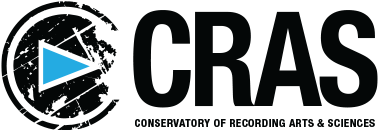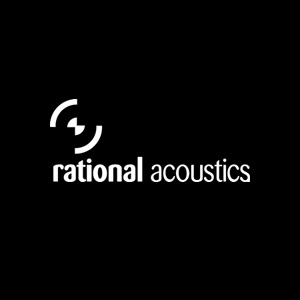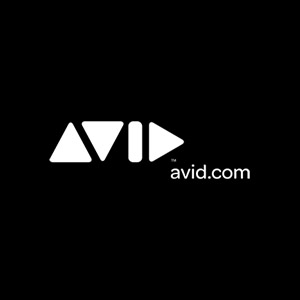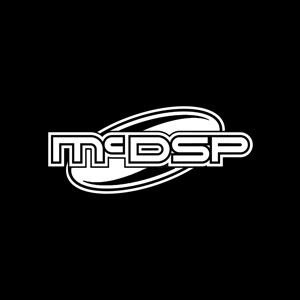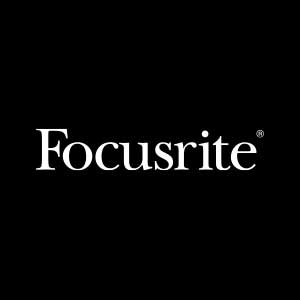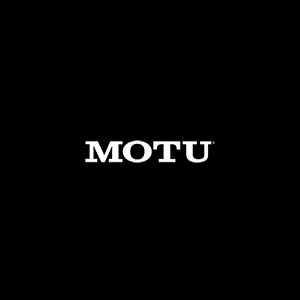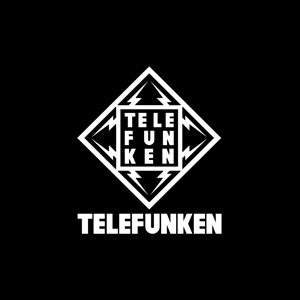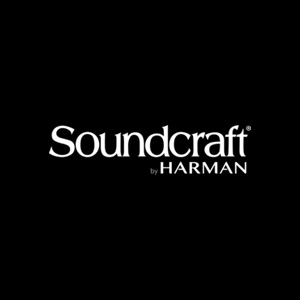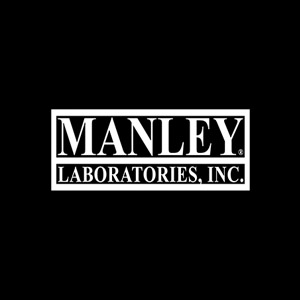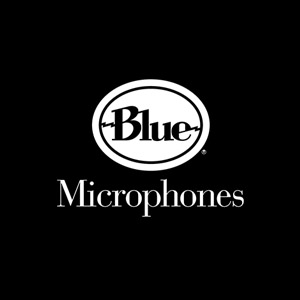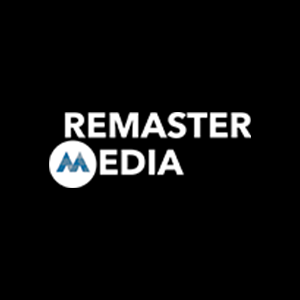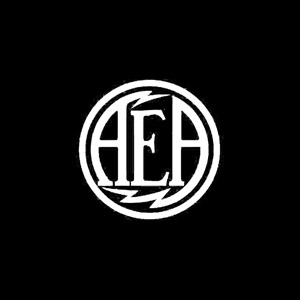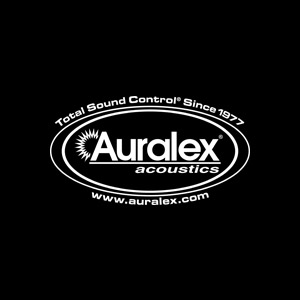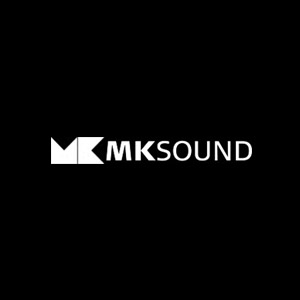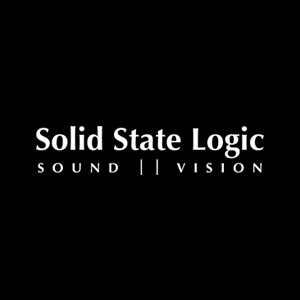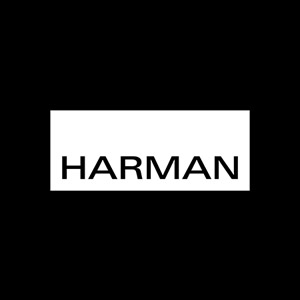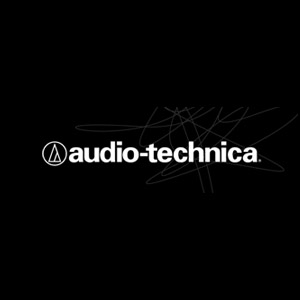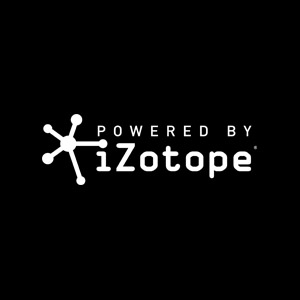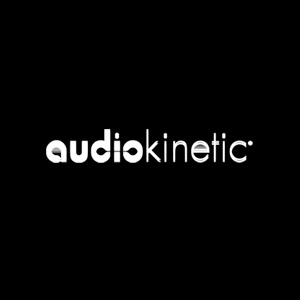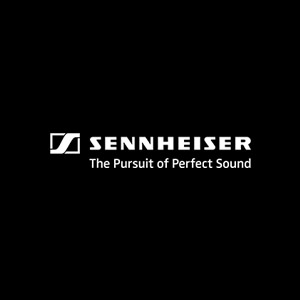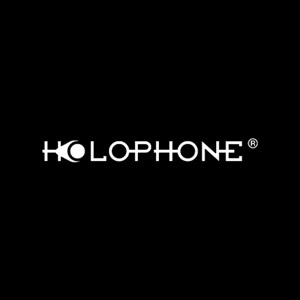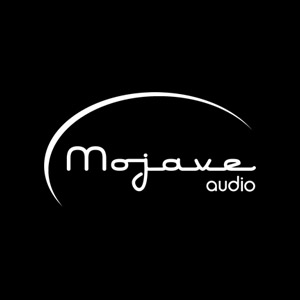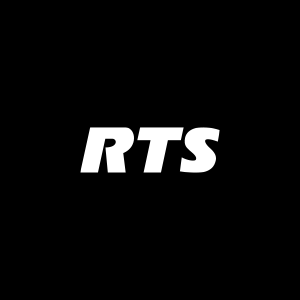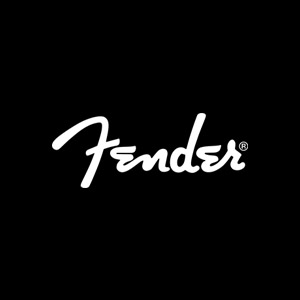Late-night television is awash with commercials from schools that offer degree programs in audio engineering and music production. Many of those graduates will leave school, however, to enter an uncertain music industry while well paying careers in the very medium they saw the commercials on go unfulfilled. That has been changing, though, albeit slowly.
More schools, both for-profit and state-run, that offer a degree and certificate in audio production have been integrating formal broadcast elements into the agenda. For instance, the Conservatory of Recording Arts & Sciences (CRAS), near Phoenix, has completed the first year of a broadcast-audio program that’s now a mandatory part of its basic curriculum. Since the program was added, four cycles of students have passed through it, about 80 students in all.
“The reaction has been very good,” says Robert Brock, broadcast audio department director at CRAS. “The problem has been that young people who are passionate about audio aren’t going into broadcast because they’re not aware of it as a career track. So we wanted to expose them to it and let it be another option for them.”
Some schools are bringing broadcast courses on board as a matter of responsibility to students, many of whom will leave school with tens of thousands of dollars of student-loan debt, according to John Krivit, chairman of the Audio Engineering Society’s education committee.
“We owe it to them to be able to make a living when they come out of school, to not just milk the dream of being rock stars,” says Krivit, who also teaches audio at both the New England Institute of Art and Emerson College.
However, it remains to be seen whether schools are adapting their curricula and infrastructure to best accommodate broadcast-audio training, such as addressing MADI for signal transport, something that’s pervasive in broadcasting but far less so in music production.
CRAS’s broadcast-audio curriculum was developed in consultation with Emmy Award-winner and Fox Sports audio consultant/senior mixer Fred Aldous, who is coordinating student and faculty observation of live Fox Sports Net Arizona broadcasts of Diamondbacks games at Chase Field in Phoenix.
The program is buttressed by the arrival of a new 42-ft. remote-production unit at the school, which will use it for training for both location music recording and remote sports production. Plans are in discussion for the unit, which has a 15-ft. expando side and a Studer Vista digital audio console, to connect via MADI to the Fox Sports truck that does the broadcast audio for the Diamondbacks home games. Students will be able to use that environment to create parallel mixes from 64 channels of effects and dialog audio from the Fox truck’s Calrec console. (These are solely for educational purposes; none of the student-mixed audio will be broadcast.) Fox Sports A1 Fred Domenigoni, who mixes the Diamondbacks games, mentors students and has taken at least one on as an intern.
However, it’s collegiate sports that Brock says may prove the most fertile field for many graduates. “There’s an enormous amount of work and pressure at the college level because of so many different leagues mandating huge numbers of live events,” he says, a realization he says he came to after attending the SVG College Sports Summit last May. “The Pac-12 Network alone is doing between 800 and 900 events [per year].”
Online Initiative
The DTV Audio Group’s online-training initiative entered its second year with a second training module, on 5.1-surround mixing for broadcast. The initiative, backed financially and with other assets by sports divisions at TBS, NBC, Fox, and, most recently, ESPN, focuses on the fundamentals and best practices of mixing 5.1 surround for broadcast sports. It follows a training module on loudness training, which DTV Audio Group Executive Director Roger Charlesworth says was taken by several thousand participants. Future modules are planned on MADI-audio-signal management and multiplatform-compatible production strategy.
The online courses use some of the elements that have popularized massive open online courses (MOOCs) offered by major universities, including the ability to take quizzes multiple times, which Charlesworth says helps reinforce the knowledge and encourages engagement.
“If you get a question wrong, it points you back to the right section so you can review it again,” he explains. “The end result is that someone can completely master the material.” Furthermore, the results of the testing are available to the training series underwriters, who can use the data to help recruit new hires.
An additional benefit to the broadcast networks is that the training modules are available to anyone in broadcast, and, in some cases, others in the workflow have been encouraged to take the courses to become more familiar with how loudness monitoring and surround audio can affect their own work. And, Charlesworth adds, the loudness-training module also helps broadcasters become compliant with the federal CALM Act, which stipulates that employees be trained to address broadcast-audio loudness issues.
Although he is pleased to see more schools giving broadcast sound some attention and singles out CRAS’s new program element as especially useful, Charlesworth says that education around broadcast audio continues to develop in an ad hoc manner.
“There’s still a lot of variability in these programs; there no real consensus about the syllabus,” he laments. But, he adds hopefully, “there is overall progress, and that’s good to see.”
